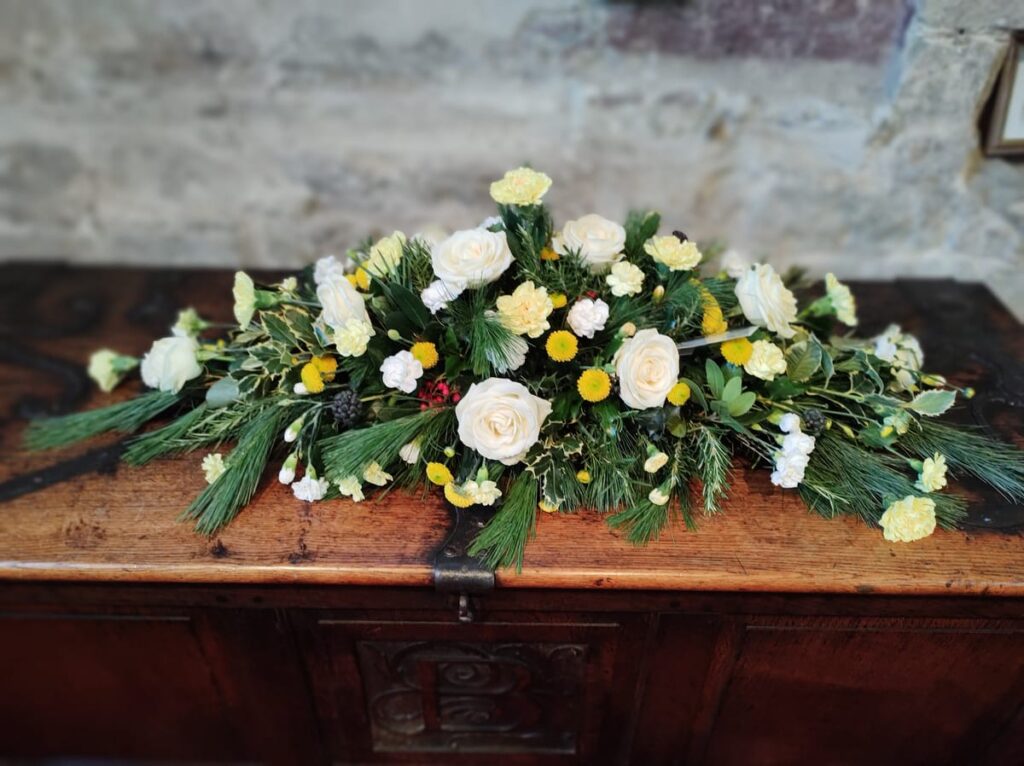Many of my columns are inspired by personal experience. Sadly, that’s true for this one too. The Government’s Tell Us Once service is set up to inform all relevant national and local government departments of a bereavement. As I used it when I lost my lovely Dad – the man who inspired my love of technology – last year, I thought I’d share my experience so you can be prepared if the time comes.
On registering Dad’s death, I was given the unique reference number required to access the service. It’s valid for 28 days (if necessary, another reference can be issued after that time), but the registrar advised using Tell Us Once as soon as possible as it can avoid complications later.
The first thing I learnt is that it’s wise to have all the information to hand before starting: you can’t save your answers as you go along and if you don’t enter anything for 15 minutes, for security reasons the form deletes everything, and you have to start again! Fortunately, as soon as you go to Tell Us Once you can see a full list of everything you need and everyone they inform so you can be prepared.
They stress that ‘You need permission from any surviving spouse or civil partner, the next of kin, executor, administrator or anyone who was claiming joint benefits or entitlements with the person who died, before you give their details’ so make sure you have this too before starting.
Armed with the required information, I found the form surprisingly easy to complete. The service starts by asking for the reference, the surname of the person who’s died and the date of death. Enter their details, and yours – you don’t have to be the executor to complete the form. I selected the departments I needed to notify. This varies depending on circumstances, but each provides guidance on what it covers. You don’t have to provide reams of information and you don’t have to send off paper documentation, such as copies of the death certificate or even the passport and driving licence. The only thing we had to physically return was Dad’s blue badge.
After submitting the form, I was given a reference number. Then it’s just a question of waiting. The organisations I informed updated their records and if they needed more information, they wrote to us.
It’s worth noting that this service only informs government departments. To help further, DWP has a checklist of things to do and other people to tell after someone has died: What to do when someone dies – checklist. Also, for a number of banks you can use deathnotificationservice.co.uk, although I didn’t find out about this until too late so I can’t comment on how it works.

There’s no denying that bereavement is difficult. But these services do what they can do make things easier, which is a small comfort.

Leave a Reply